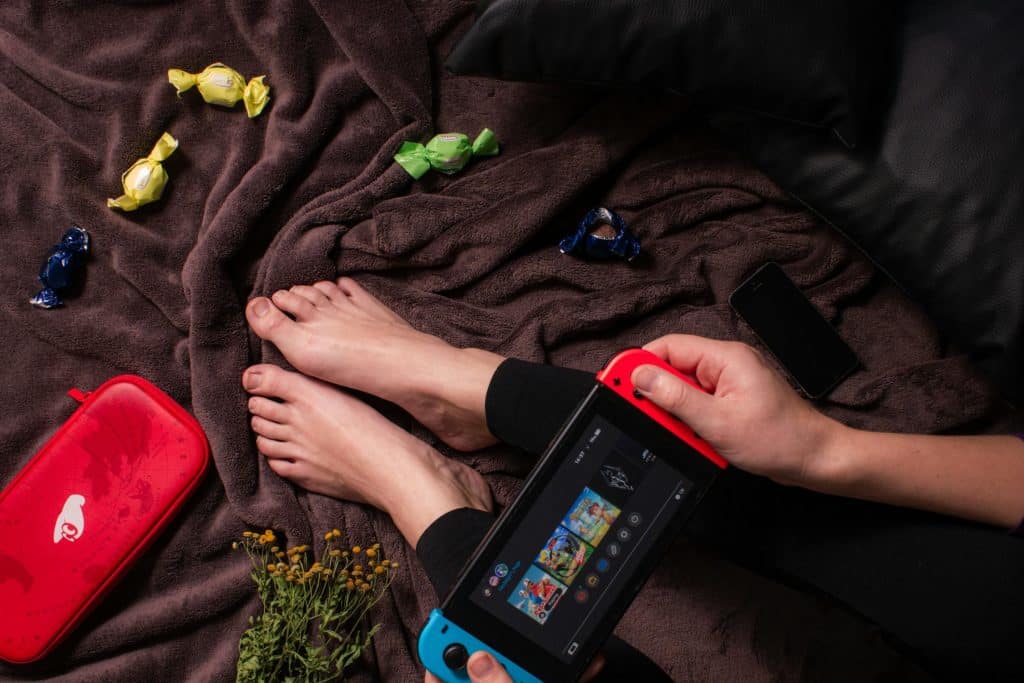Thanks to the popularity of eSports and game streaming, there are more gamers in the world than ever before.
They also have more options in terms of how they game. Once upon a time, most gamers had either a console like a PlayStation or a PC computer setup.
The lucky few might have had a Game Boy, too.
Today, however, even smartphones can be used for competitive, hours-long gaming sessions.
There are also more advanced gaming hardware setups, including VR—which entails setting up sensors and purchasing alternative controllers.
In other words, gaming isn’t a niche affair anymore—it’s fully mainstream.
That makes designing a usable and well-designed game room more challenging than ever before. But that doesn’t mean it’s impossible.
If you’re preparing to design a game room, here are the most important considerations you need to think about.
Audio Solutions
Gaming is loud in terms of chat functions and even audio design. Let’s cover an example from iGaming.
Even in terms of casino games, the sound setup matters. One of the most important elements is audio—just like with traditional video games.
For example, popular slots like Tome of Madness take players into an Indiana Jones-esque world of danger, excitement, and intrigue.
But to get the most out of the experience, they need to hear the action. Will gamers be wearing headphones in the game room?
If the answer is no, consider sound-dampening the room.
And even if gamers are using headphones, remember that they might still be communicating with other players via mic.
That means that—although you won’t hear the game unfolding in an FPS like Counter-Strike—you’ll still hear your housemate talking with teammates. Dampen the room accordingly.
Light Solutions
Like audio, light is another deceptively important topic in the realm of game room design.
The more windows in the room, the more closely you need to consider issues like glare.
Today, most screens—whether big-screen televisions or PC monitors—are protected with anti-glare technology.
But the sun is still stronger. In other words, if your game room has multiple windows, you need to work closely with the gamer(s) involved to make sure they aren’t creating too much glare. If positioning screens isn’t viable, then consider blackout curtains.
The general rule for preventing glare is to prevent a light source from being in front of the screen. For this reason, many game rooms include inlaid lighting behind the PC or TV.

Seating
Seating is yet another issue. If your game room is going to host VR sessions, then seating should be hideable.
If your game room is going to host more than one gamer, then you need to have enough seating.
Even if you’re only catering to one gamer, you still need to know what kind of seating is appropriate.
For example, someone who plays Xbox probably wants a reclining and ergonomic chair that makes staring at a big screen more comfortable.
A PC gamer, by contrast, probably wants a straight-backed chair with armrests at the perfect height.
Just like with audio and lighting, paying attention to the details early on will help you nail the right seating solutions for your game room.
Storage
Storage is usually mentioned first in discussions of game rooms—after all, nothing is less attractive in design than a bunch of wires.
Though most game equipment is fully wireless, most products still need to be charged.
In other words, make sure to focus on storage solutions for a range of technology—and especially for items with long cords.
Most designers focus on modular storage solutions like bins on shelves or rolling sets of drawers.
If you’re designing a VR game room, be mindful of space, as with seating solutions.
